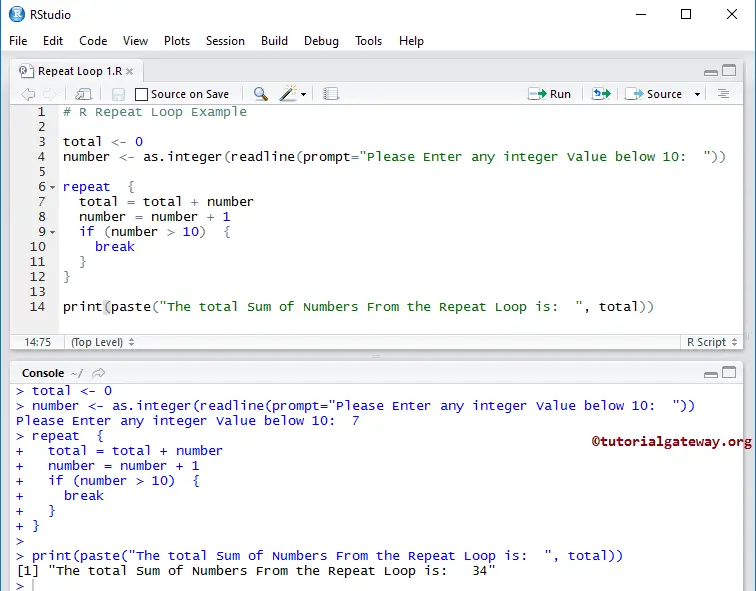

To iterate over a matrix, we have to define two for loop, namely one for the rows and another for the column. Output: # "Apple" "Orange" "Passion fruit" "Banana"Ī matrix has 2-dimension, rows and columns. This works all the time when pasted into the command line separately withOUT for loop: sprintf(Your maximum allowed investment for a period of g years in. Let’s see an example # Create a list with three vectorsįruit <- list(Basket = c('Apple', 'Orange', 'Passion fruit', 'Banana'), Looping over a list is just as easy and convenient as looping over a vector. It is an entry controlled loop, in this loop the test condition is. It means, the for loop can be used to execute a group of statements repeatedly depending upon the number of elements in the object. To help us detect those values, we can make use of a for loop to iterate over a range of values and define the best candidate. For loop in R Programming Language is useful to iterate over the elements of a list, dataframe, vector, matrix, or any other object.

Loops in the programming language are repeating routines and subroutines in our everyday life. Regularization is a very tedious task because we need to find the value that minimizes the loss function. In R programming language loop is a fundamental concept. After we have trained a model, we need to regularize the model to avoid over-fitting.
#R STUDIO FOR LOOP CODE#
The for loop is very valuable for machine learning tasks. The for loop in R, also known as for cycle, is a repetitive iteration in loop of any code, where at each iteration some code is evaluated through the elements of a list or vector. # Create a for statement to populate the list # Create fruit vectorįruit <- c('Apple', 'Orange', 'Passion fruit', 'Banana')įor Loop in R Example 2: creates a non-linear function by using the polynomial of x between 1 and 4 and we store it in a list # Create an empty list For Loop in R Example 1: We iterate over all the elements of a vector and print the current value.


 0 kommentar(er)
0 kommentar(er)
